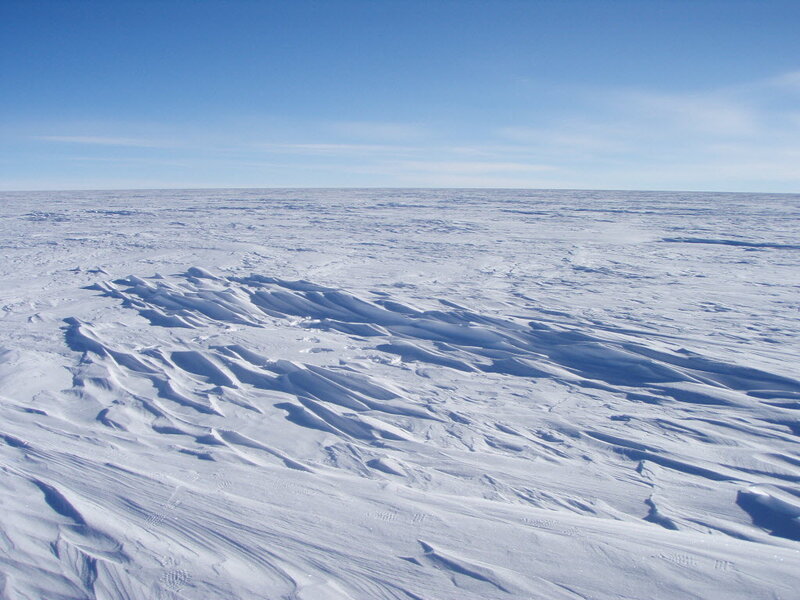How cold is the coldest place on Earth?
Loading...
Scientists have apparently spotted Dante’s Inferno, or at least its ice-lacquered ninth circle, found in a pocket in an Antarctic ice sheet.
A team of researchers has presented the coldest ever recorded temperature on Earth: minus 136 degrees Fahrenheit (or, minus 93.2 Celsius).
That’s more than 100 degrees colder than the average winter temperature on the Antarctic continent and some 56 degrees colder than the coldest temperature ever measured in the US (near Fairbanks, Alaska, in 1954). It’s so cold that the research team says it would be painful to attempt to breathe there – not that they’re planning to visit.
“Thank God, I don't know how exactly it feels," Ted Scambos, at The National Snow and Ice Data Centre, told reporters at the annual meeting of the American Geophysical Union, in San Francisco, California, where the findings were presented on Dec. 9.
The record low temperature was measured via satellite on Aug. 10, 2010, in a pocket in an ice ridge on the East Antarctic Plateau. Other temperatures recorded in that pocket and in other pockets were all within a couple degrees of that superlative.
In these pockets, air is trapped long enough for its heat to be siphoned off and its temperature to plummet, the scientists propose.
The previous record for world’s lowest temperature was somewhat balmier: minus 128.6 Fahrenheit (minus 89.2 Celsius).
The measurements are based on 10 months of data from the Landsat 8 satellite and 32 years of data from NASA's Terra and Aqua satellites. That means that it will not be recorded with the World Meteorological Organization, which logs superlative temperatures measured by ground-level thermostats, not by remote-sensing satellites.
In the World Meteorological Organization’s records, the world’s coldest recorded temperature is minus 128.6 F (minus 89.2 degrees Celsius). It was measured, of course, in Antarctica, at the Vostok Station in 1983, during the southern hemisphere’s winter. The previous record temperature was at Vostok in 1968 and was 1.6 degrees warmer than the new record.
It’s likely impossible to measure the temperature in Antarctica’s ice pockets from the ground level, as it’s too cold there for either a mercury or alcohol thermometer to work, Scambos said. But, were scientists able to get readings from the pockets in accordance with World Meteorological Organization’s standards, these places would freeze Vostok out of the record books, he said.
"I'm confident the pockets are the coldest places on Earth," he said.






